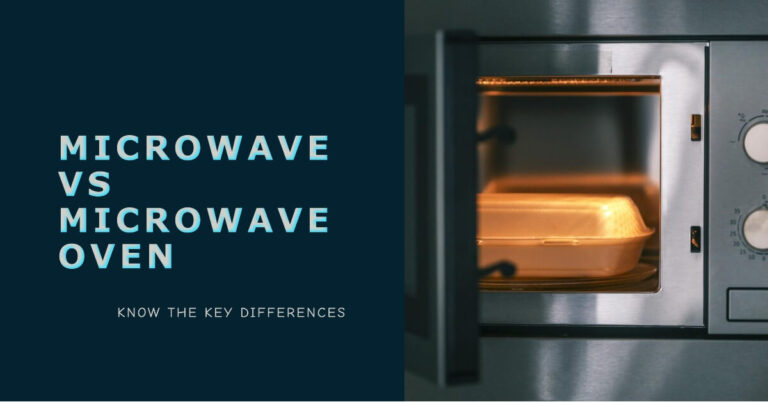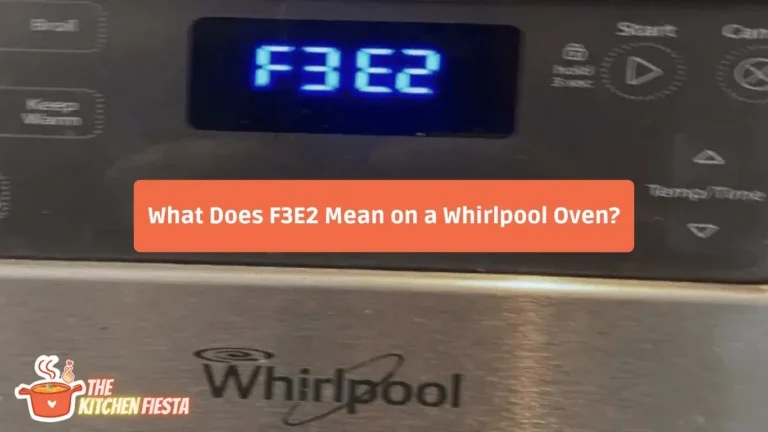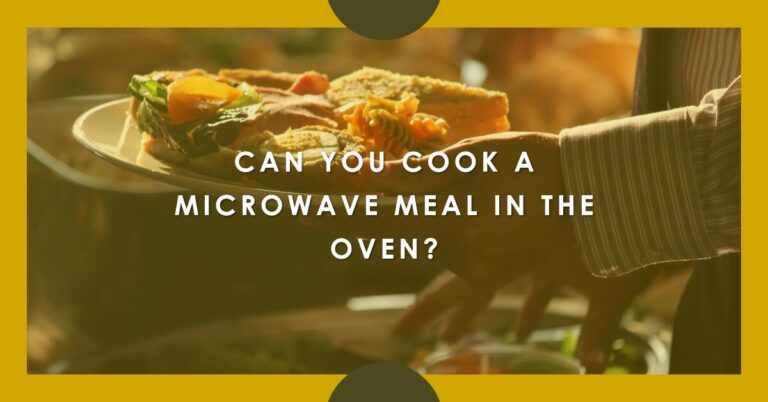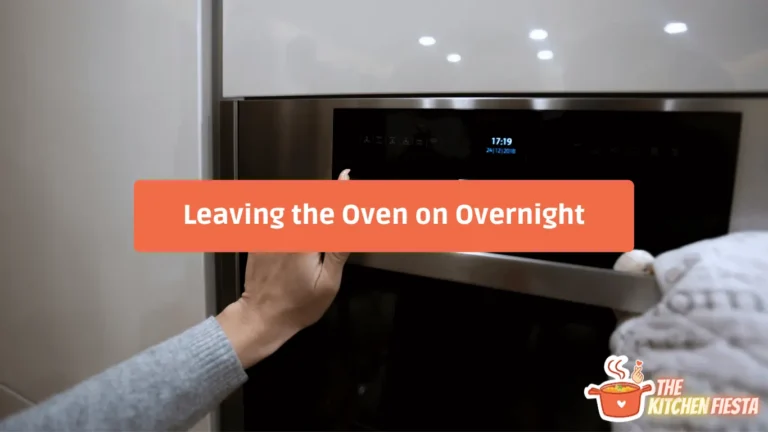How Many Amps Does an Electric Oven Use? Choosing Right Breaker Size
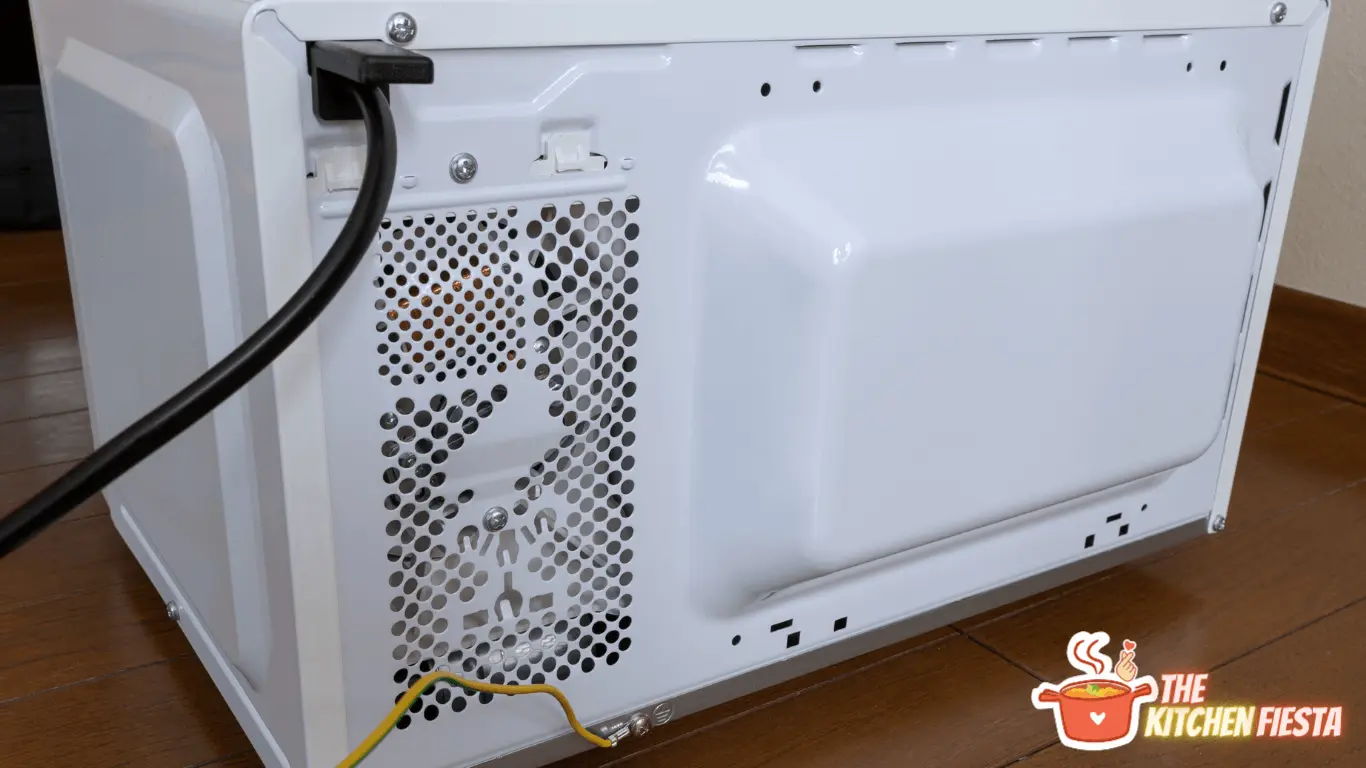
Cooking delicious meals for your family requires having the right tools in your kitchen. And for many households, that means having a reliable electric oven. But before you plug in your new electric oven, it’s important to make sure you have the proper electrical setup. Choosing the wrong circuit breaker or outlet can lead to safety issues or prevent your oven from working properly.
So how many amps does an electric oven need? A typical electric oven will require a 30 to 50 amp dedicated circuit with the correct outlet and wiring to handle the appliance’s power demands.
In this comprehensive guide, we’ll cover everything you need to know about electric oven amperage, breakers, wiring, and power usage. You’ll learn:
- Typical electric oven amp ratings and breaker sizes
- When a 30 amp vs 50 amp breaker is needed
- The wire gauge required for an oven circuit
- If an extension cord can be used safely
- Estimated power consumption for electric ovens
- Tips for ensuring adequate electrical supply
Understanding these key factors will allow you to avoid issues and ensure your new electric oven has the proper setup to cook your meals perfectly.
What is the Typical Amp Rating for an Electric Oven?
The first thing to know is that a standard electric oven will have an amp rating somewhere between 30 to 50 amps. This indicates the amount of electrical current the appliance is designed to safely draw for normal operation.
For most modern electric ranges, the amp rating will commonly be:
- 30 amps – For smaller or more basic models
- 40-50 amps – For larger or more high-end models with extra features like convection cooking
The specific amperage for your oven will be listed on the appliance’s rating plate, usually located behind the door or on the back panel. Consulting the manufacturer specs or user manual can also provide the amp rating.
Matching this amp rating to the proper circuit breaker size and wire gauge is crucial to ensure safe and adequate power delivery.
What Size Breaker is Needed for a 30 Amp Electric Oven?
If your electric oven has a rating of 30 amps, then it needs to be on a dedicated 30 amp kitchen circuit with the correct circuit breaker.
A 30 amp breaker is designed to “trip” and shut off power if the oven tries to pull more than 30 amps, before a hazardous overload can occur. At the same time, the 30 amp rating will allow the oven to draw its full rated electrical load for normal operation.
Installing the oven on a smaller 15 or 20 amp kitchen circuit with an incorrectly sized breaker could prevent the appliance from functioning properly or lead to nuisance tripping of the breaker. It also poses a potential fire hazard if the existing wiring is overloaded.
Always match your specific oven’s amp rating to the proper circuit breaker size to avoid issues. Consulting an electrician is recommended if you need to install a new 30 amp circuit for the oven.
When Should You Use a 50 Amp Breaker for an Electric Oven?
Larger electric ovens, particularly those with added features like convection cooking, will often have a higher amp rating in the 40-50 amp range.
This increased electrical load comes from additional heating elements and fans needed for advanced cooking modes. For example, a convection oven may draw 40 amps or more when using forced air circulation to cook food faster and more evenly.
In this case, you would need a dedicated 50 amp oven circuit with the matching 50 amp breaker size. The larger breaker allows sufficient power delivery while still safely shutting off if overloaded.
A 50 amp circuit must use thicker 10 gauge wire compared to the 12 gauge wire on a 30 amp circuit. This ensures the wiring can handle the increased electrical load without risk of overheating.
Always follow the oven manufacturer’s recommendations for the proper breaker size and electrical connections. Going with a 50 amp setup provides flexibility if you want to upgrade to a more powerful oven later on.
What Factors Determine the Amps an Electric Oven Requires?
There are a few key factors that influence how many amps an electric oven will draw:
- Total wattage – Higher wattage ovens need more amps. A typical oven may use anywhere from 2,400 watts to over 9,000 watts.
- Voltage – Most electric ovens run on a 240 volt circuit. Higher voltage allows lower amperage for the same wattage.
- Cooking mode – The oven may use extra heating elements for modes like convection or broiling, increasing amp draw.
- Features – More features like self-cleaning use more electricity and amps.
- Size – Larger oven cavity size requires more power to heat up.
An energy-intensive appliance like an electric oven requires strong current to generate enough heat for baking and cooking. Choosing the proper circuit ensures your home’s electrical system can deliver enough power.
Does an Electric Oven Need a Special Outlet or Plug?
Electric ovens require a specific outlet and plug configuration to deliver their high power demands:
- 240 volt – Ovens need 240 volt service, unlike smaller appliances that use 120 volts. This provides a higher voltage to reduce amperage requirements.
- 3 or 4 prong outlet – A 30 amp oven circuit will use a NEMA 10-30 outlet. For a 50 amp oven, a NEMA 14-50 outlet is required. These are special heavy duty outlets designed for 240 volt high wattage appliances.
- Matched plug – The oven will be equipped with either a 3 or 4 prong plug that fits the corresponding outlet. 4 prong is grounded for added safety.
- Dedicated line – Code requires that an electric oven must have a dedicated circuit line and outlet just for that one appliance. This ensures sufficient power availability.
Always confirm your outlet type and voltage matches the oven’s plug. Upgrading your electrical service may be needed if adding a new 240 volt oven circuit.
What Wire Gauge is Required for a 30 Amp Oven Circuit?
The wires supplying power to an electric oven must be thick enough to safely handle the level of amperage. For a 30 amp oven circuit, code requires a minimum of:
- 10 gauge wire for the main circuit feed
- 12 gauge wire for the branch circuit wiring
Thicker wire gauges allow more current flow without overheating. Going below the recommended gauge can cause unsafe power delivery and possible fire risk.
A 50 amp oven circuit will need slightly thicker 8 gauge wire for the main circuit feed from the electrical panel. The branch circuit wiring can stay 12 gauge.
Having the proper wire size ensures your oven’s power demands will be met efficiently and safely. An electrician can determine if your existing wiring needs to be upgraded before installing the new oven.
Can You Use an Extension Cord with an Electric Oven?
It is not recommended to use an extension cord to connect an electric oven. The high amperage and wattage of an oven exceeds what a standard extension cord can safely handle.
Drawing so much power through an undersized cord can cause excess heat buildup and voltage drops. This can damage the cord and pose a potential fire hazard or shock risk.
Instead, an electric oven should always be permanently wired directly to its dedicated circuit outlet. This provides the safest and most reliable connection.
Make sure the oven is installed in a kitchen location that allows the power cord to directly reach the outlet without stretching. Do not try to extend the reach with a regular extension cord.
How Much Power Does a Standard Electric Oven Consume?
With so many heating elements and features, an electric oven can draw quite a bit of power. The average electric oven will have:
- Total wattage – Around 3,000 to 5,000 watts
- Voltage – 240 volts
- Amperage – Around 20 to 40 amps
This equates to approximately 2.5 kilowatt-hours of electricity used per hour at maximum power. Under normal cooking, electricity usage may range from 0.3 to 1.0 kWh depending on oven settings.
So while high power ovens are energy-intensive appliances, there are ways to use your oven efficiently:
- Cook multiple items at once
- Limit peeking with the door open
- Use the self-cleaning mode judiciously
- Turn off when not cooking
With careful use, an electric oven can be an affordable appliance to operate. Ensuring your electrical service can handle the load will keep things running smoothly.
Tips for Ensuring Your Oven Has the Right Electrical Supply

Here are some key tips to ensure your electric oven gets the power it needs:
- Check the oven’s amp rating and required breaker size
- Confirm your electrical service provides adequate voltage and amp capacity
- Use the proper wire gauge for the oven circuit
- Install the correct outlet matched to the oven plug
- Provide a dedicated circuit line just for the oven
- Don’t use extension cords to connect the oven
- Consult an electrician if wiring upgrades are needed
Taking these steps will avoid functionality issues, tripped breakers, and potential safety hazards like overloads. Your oven will function at its best when properly wired to robust electrical service.
Conclusion
Installing a new electric oven requires making sure you have adequate electrical supply for the appliance’s demands. Choosing the proper circuit breaker size and wiring is essential.
Here are the key takeaways:
- Check the oven’s amp rating, typically 30-50 amps
- Match the circuit breaker to the oven’s amps
- Use 10 gauge wire for 30 amp circuits, 8 gauge for 50 amps
- Install the correct NEMA outlet matched to the oven plug
- Provide a dedicated 240 volt circuit line for the oven
- Don’t use extension cords for oven connections
Following these guidelines will ensure your electric oven has the right setup to power exceptional cooking performance and years of service. Take time to review the oven’s requirements and consult an electrician if needed before installation.
With your oven wired to deliver the power it needs, you’ll gain an appliance that can bake, broil, and cook wonderfully. Get those big family meals cooking safely with the proper electrical setup for your new electric oven.

